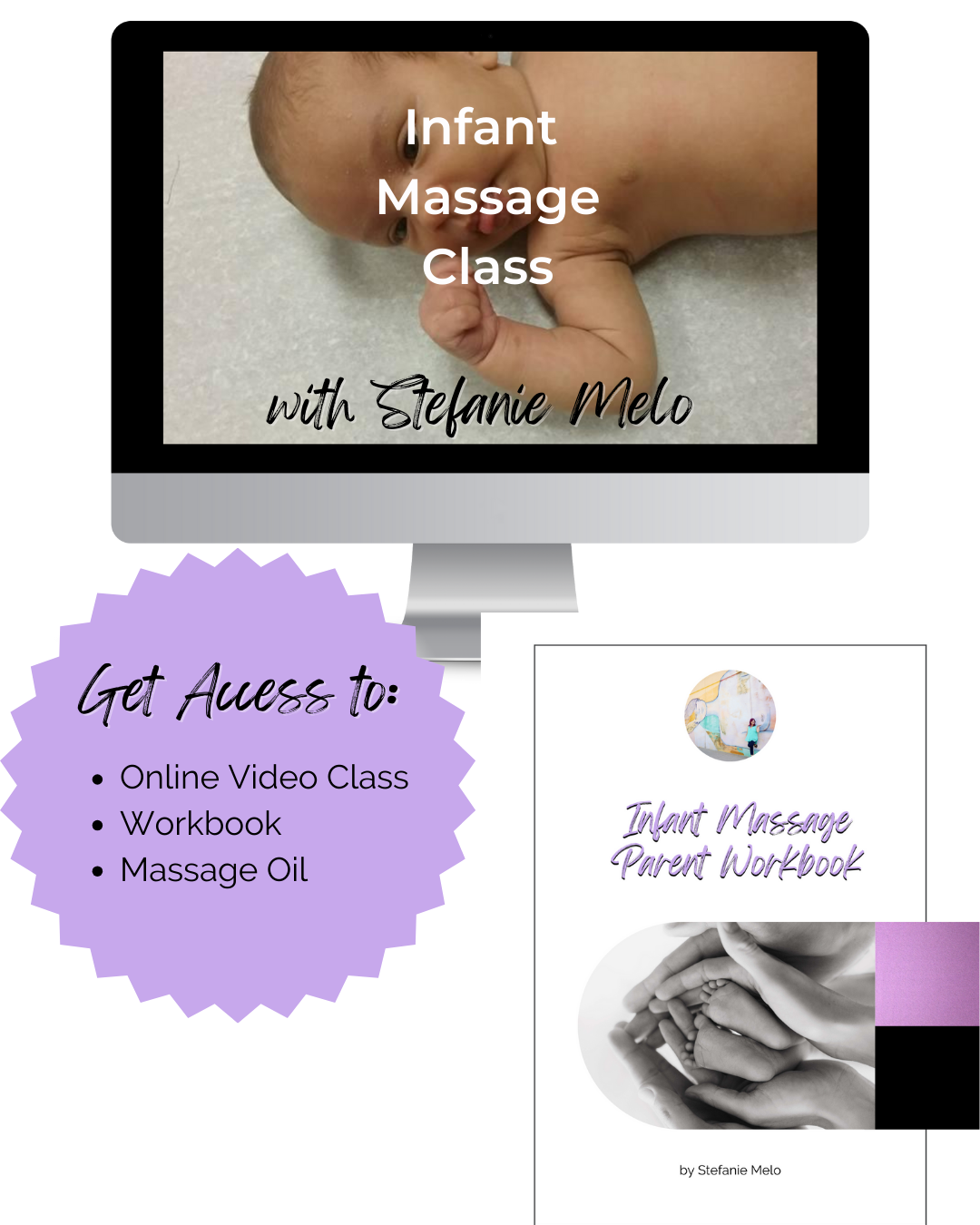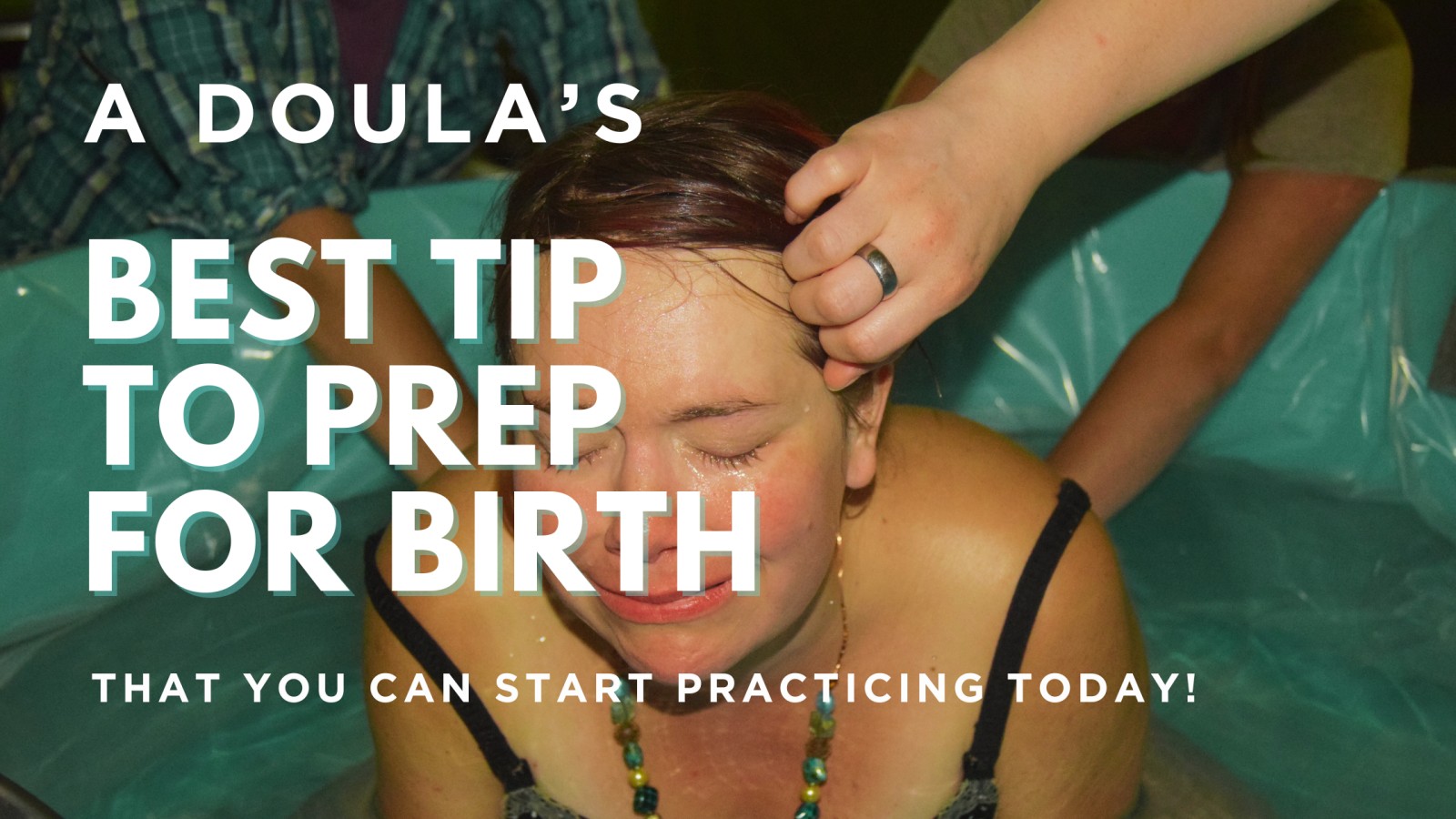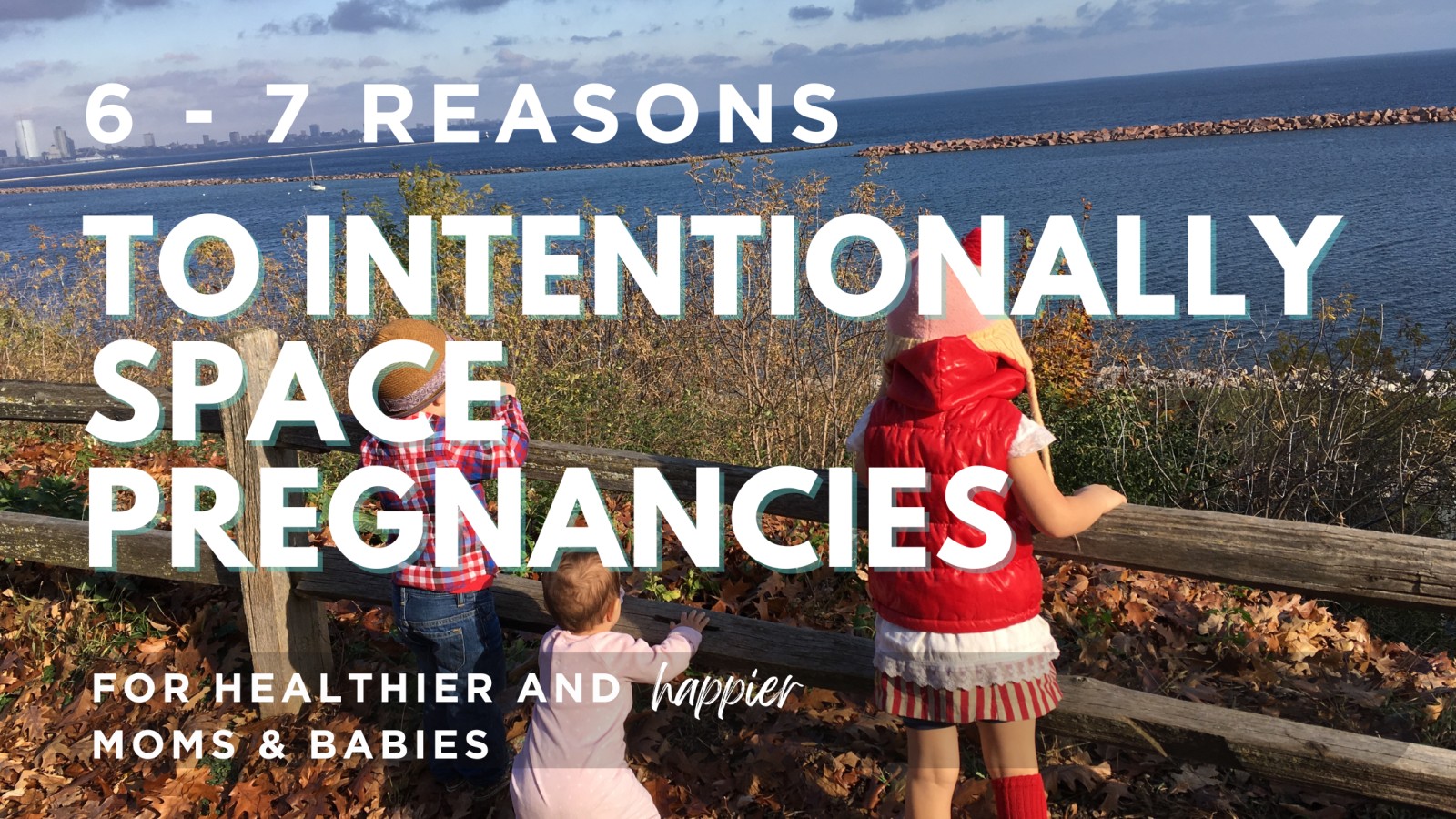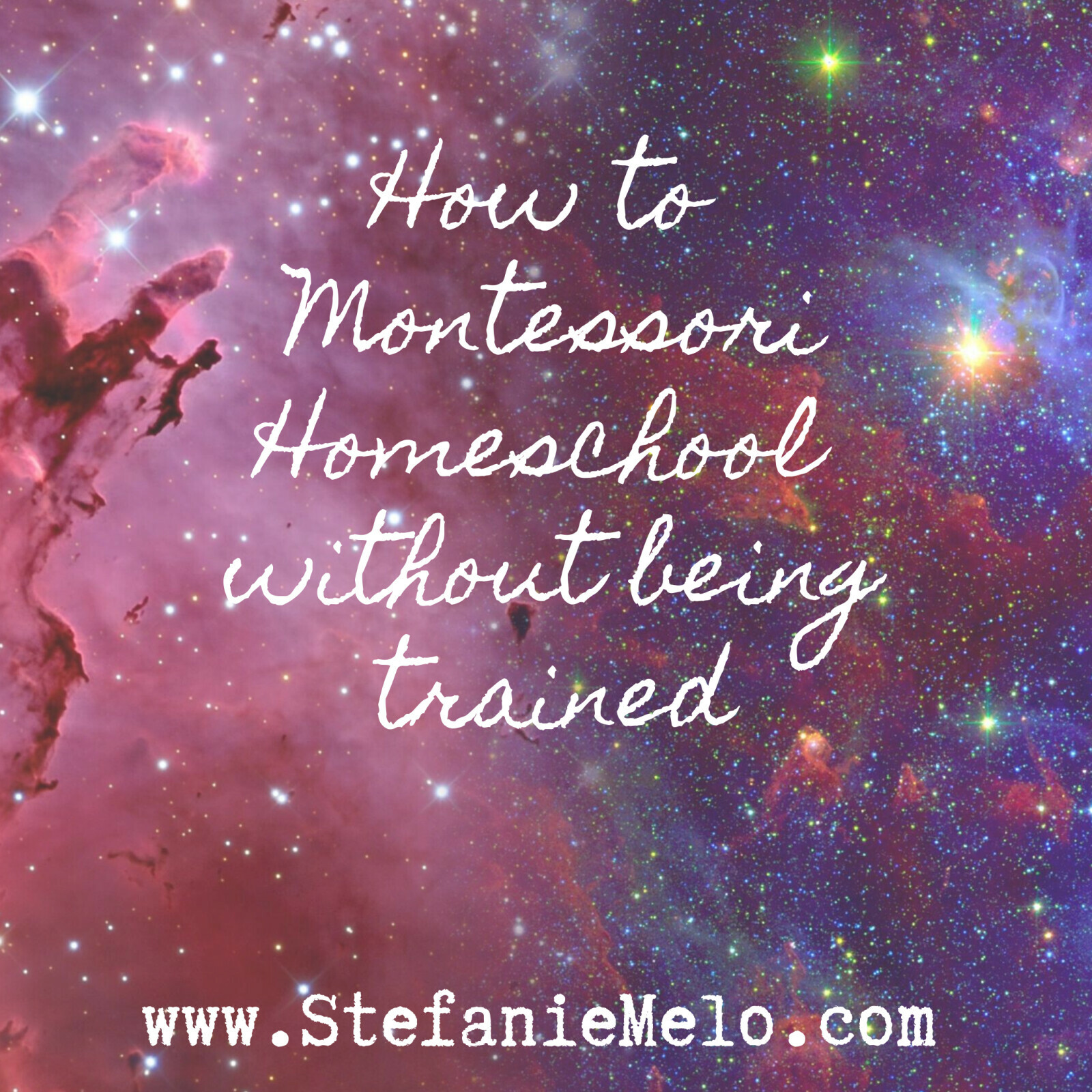
Read the words of Margaret E. Stephenson in the foreword to “The Secret of Childhood” by Maria Montessori.
“She did not care for the word ‘method’ which denotes in our minds a system of schools and educational institutions. Over and over again she insisted that we must think in terms of “help to life” if we are to understand what she was trying to make people see.”
Montessori as an aid to life allows for the child to unfold and develop naturally. Just as one child begins crawling at 8 months and another at 11 months, their academic development unfolds at its own pace as well. In Montessori, we fall these “sensitive periods”
There is a beautiful chart on Age of Montessori that shows a visual of these sensitive periods.
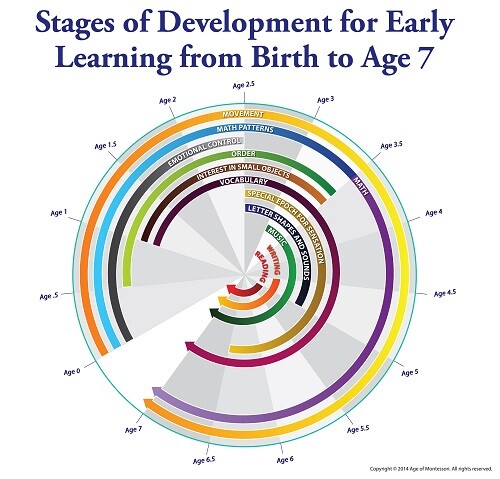
Movement: birth - 15 months
Social & Emotional: birth - 2.5
Math Patterns: birth - age 3.5
Order: 6 months - 2.5
Small Objects- begins around age 1 and continues for several years
Vocabulary: age 1 onward
Sensory Learning: birth onward.
Letter Shapes & Sounds: ages 2.5 - 5
Music: age 3 onward
Math : age 3.5 onward
Reading: age 3 onward
Writing: age 3 onward
“A child may not be interested in an activity because he has yet to enter that particular sensitive period of development.” -Marnie Craycroft
The beauty of Montessori is the beauty of homeschooling.
You have the opportunity to nurture your child’s development based on their inner drives.

There is a strong pull to re-create the Montessori classroom experience in your home. The Internet is full of beautiful images of homeschooling families using traditional Montessori materials. There’s nothing wrong with us but it’s also not necessary. In fact, I made this mistake.
The materials can be very helpful for teaching specific concepts, but most of the time we can find an adequate, possibly even better, substitute in the home environment.
For example, while teaching your child the concept of quantity, instead of having huge, costly wooden red rods, you could use Duplo’s instead.
Instead of using Metal Fraction Circles to teach, you could use measuring cups.
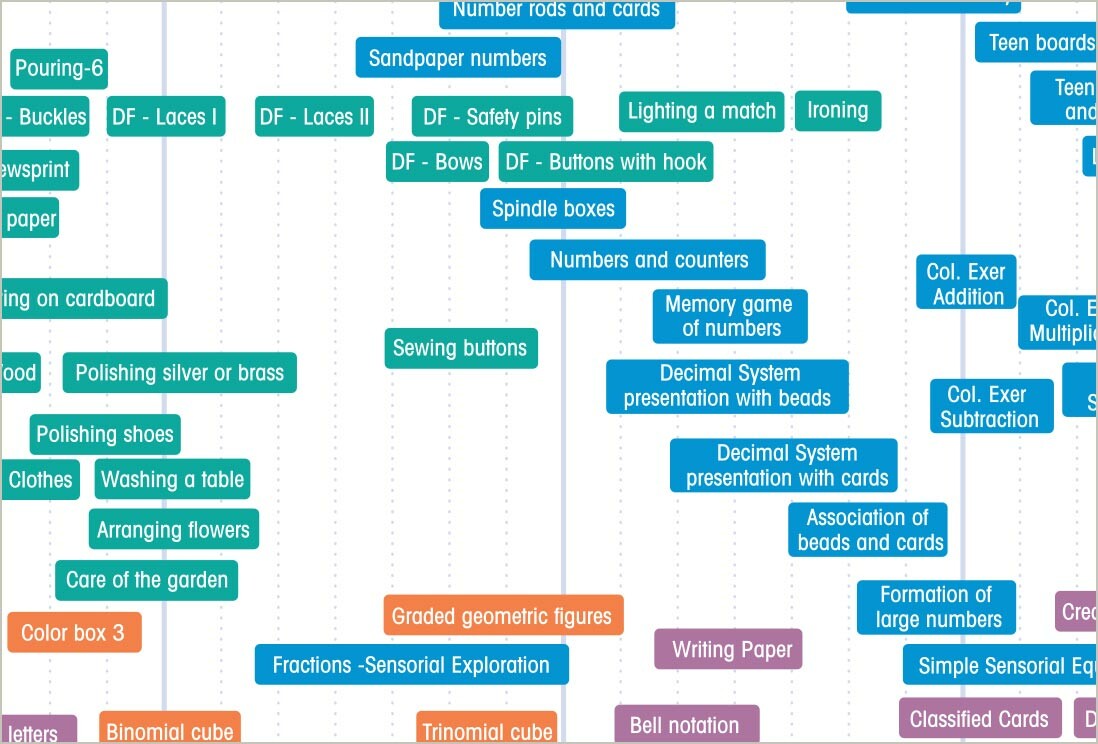
It is commonly asked what Montessori curriculum a family should purchase. If you’ve asked this question in a social media group before, then you know that the response is generally “no such curriculum exists.”
There are many teacher albums that you can purchase, which can be used to re-create a Montessori classroom experience. They involve step-by-step directions on lessons and often come with a scope and sequence. The scope and sequence shows you approximately when you would introduce the concept to a child and what lessons might come before and after that lesson.
I suggest that you wait before purchasing any albums. I suggest this because it can be very overwhelming.
When you begin by looking at a big picture of what is covered in a three-year cycle, you notice lessons that you won’t need to re-create in a home environment because they’re already happening.
There are dozens of PDFs, materials available to you, but if you don’t know which order they go in you may waste your time and money.
I don’t want you to do that.
I want you to be confident that you are capable of guiding your children through their sensitive periods and aiding their development.
Are you tempted to check off boxes in a traditional education away? Or are you trying to re-create a Montessori classroom? Or are you just playing overwhelmed by all of the options?
Do you want a Montessori coach? I would love to help you create your unique Montessori Homeschool.
 You're probably so excited about welcoming your baby into your home, if you're like most moms you're probably flipping through a few books, you've download some apps, and listening to your friend's and family's experience. You're probably doing your part to be a star patient for your doctor or midwife.
You're probably so excited about welcoming your baby into your home, if you're like most moms you're probably flipping through a few books, you've download some apps, and listening to your friend's and family's experience. You're probably doing your part to be a star patient for your doctor or midwife.
